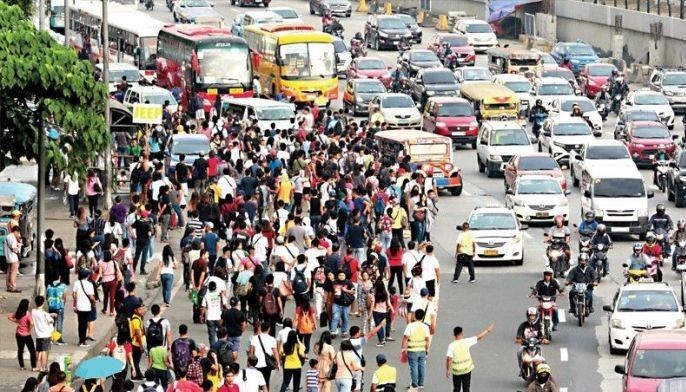Barely three days before the jeepney consolidation deadline, the government is still firm on not extending the deadline while jeepney drivers and operators keep having transport strikes nationwide. With the current situation at hand, is there an obvious winner to jeepney modernization?
Jeepney drivers
“We cannot let the minority cause further delays, affecting majority of our operators, banks, financial institutions, and the public at large,” President Ferdinand Marcos Jr. said in a statement.
According to Marcos, 70 percent of all PUV operators have already consolidated. This includes all kinds of Public Utility Vehicles and not just traditional jeepneys.
In better context, for just traditional jeepneys, 73.5 percent or 31,058 traditional jeepneys in Metro Manila alone have yet to be consolidated based on Land Transportation Franchising and Regulatory Board (LTFRB) data. Nationwide, 30 percent are yet to consolidate.
According to PISTON 60,000 drivers and 25,000 operators will be affected if the consolidation pushes through while IBON Foundation places a higher number of displaced drivers and operators at 140,000.
In a separate article, Jeepney Modernization: Stories from ‘Tsupers’ , drivers from Laguna shared their sentiments about jeepney modernization and how it will badly affect them.
Last week, various transport groups called on the Supreme Court to halt the implementation of the program.
Commuters in limbo
As if the current nightmare for commuters in Manila is not enough, the PUV Modernization Programs is expected to worsen the mass transport crisis in the country
“With only 57 percent of PUJs and 65 percent of UVEs nationwide consolidated, millions of commuters will have to deal with longer lines, longer waiting times, and more crowded rides from the start of the new year.” IBON Foundation stated.
“Commuting time is also not guaranteed to be shorter, as the government has been inefficient in planning the new routes.” It added.
The forced PUV consolidation which benefits the private sector and boosts privatization also threatens to raise jeepney fares by 300-400 percent over the next few years.
Meanwhile, the majority of commuters are unbothered by the incoming deadline under the mindset that it will not affect them.
This is added by the various ‘hot showbiz’ issues that netizens are more invested in rather than issues that will actually worsen their daily lives.
Corporations the winner
The absolute winner of this government program is no other than corporations.
With less PUVs traversing the roads, and less traditional jeepneys offering quick and cheap transportation, corporations know it is time for them to boost modern jeepneys and vehicles for profit.
“As it is, Manny Pangilinan-backed modern PUJ operator Byahe will be investing more than Php1.5 billion on more than 500 e-vehicles to ply 35 routes mostly in Metro Manila and Cebu by 2027. The Aranetas through their Beep Jeeps and the Villars through their MetroExpress Connect also have investments in modern jeepneys.” IBON Foundation said.
Ill-timed
Modernization comes with progress. It cannot be forced on the people if progress is not felt.
Soaring prices of commodities with a 4.1 percent inflation rate as of November this year and a 22.4 percent poverty rate is not a sign of progress but rather hardships for the Filipino people.
As IBON Foundation puts it, “Marcos Jr administration’s refusal to extend the franchise consolidation deadline reveals how callous it is to ordinary Filipinos – the livelihoods of tens of thousands of public utility vehicle (PUV) drivers and operators will be disrupted and millions of people will have an even harder time commuting.”
